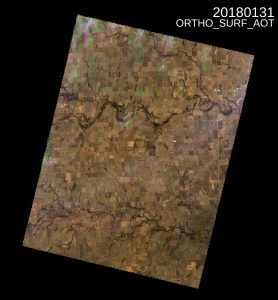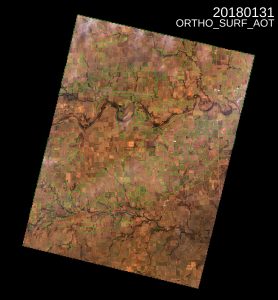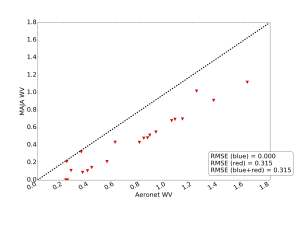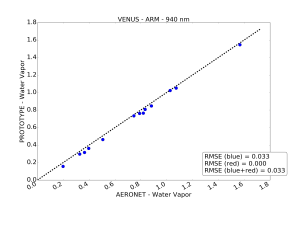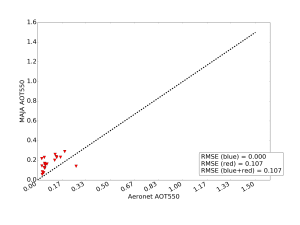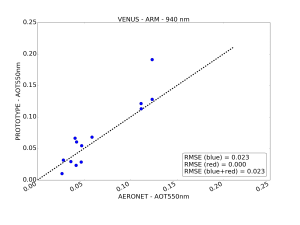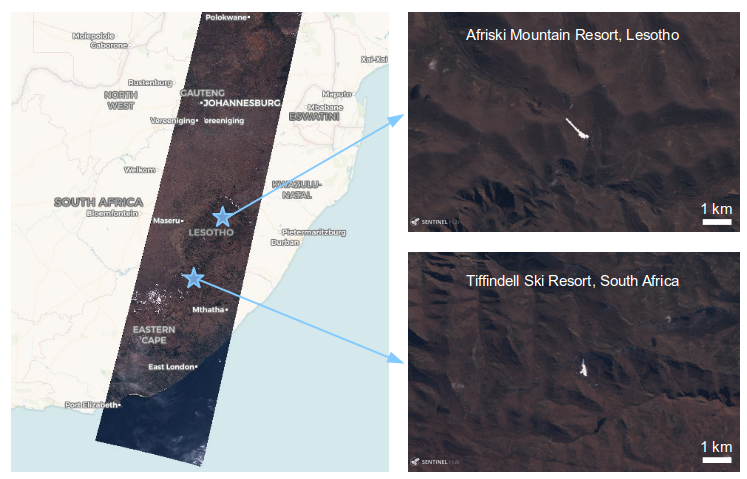[Venµs news] Distribution of Level2A has started
You might have noticed the apparition of the first Venµs L2A products on Theia web site within the real time production, since last Friday. A first global processing will start this summer, to provide you with the data acquired from November until now. There will be probably further reprocessings to benefit from the fine tuning of all the parameters and to propagate the further evolution of Level 1 improvement.Even if it took us a few months to check the software and set the parameters up, what took us very long… was waiting for the level 1 validation and calibration phase. As you know, our colleagues from CNES did a great work to rescue the Venµs raw data which were full of surprises. They started to provide us with calibrated products in April only, and that’s when we started the validation. We were quite happy with the first results, as our processor MAJA did not show any bug, and the first images looked good. But the first validation results were quite poor, with undetected thin clouds, with biases in the estimates of atmospheric properties (Aerosol, water vapour), as well as biases in reflectances (with a lot of negative values). We then started iterating tests on the parameters, and after several iterations we corrected several errors in the parameters (Venµs band numbers are different from those of Sentinel-2, and in a couple of cases, I forgot to change them:( ), and we tuned better all the thresholds. Among those, we had to change the calibration of band 910 band by 6% (this band is hard to calibrate in flight due to the presence of water vapour and is also affected by some newly discovered stray light). The following table compares the results we had initially, on the left, and the results obtained after tuning the parameters, on the right. Of course, what we distribute is on the right ! We will of course need to increase the number of validation points, and we expect that the low level stray light in band 910 that was discovered during the commissioning phase and is not yet corrected will introduce some site related bias in the water vapour estimates. We will therefore need a reprocessing after this defect has been fixed, if the Level 1 team finds a way to fix it. And finally, we have still some issues to solve with the shadows mask which can often be quite poor.


